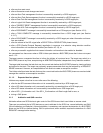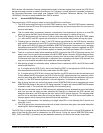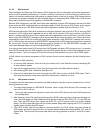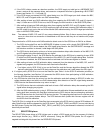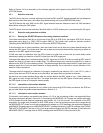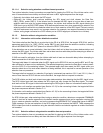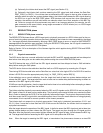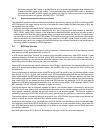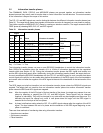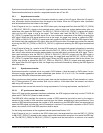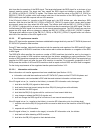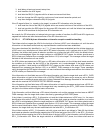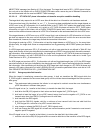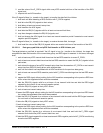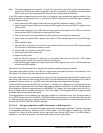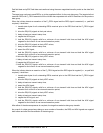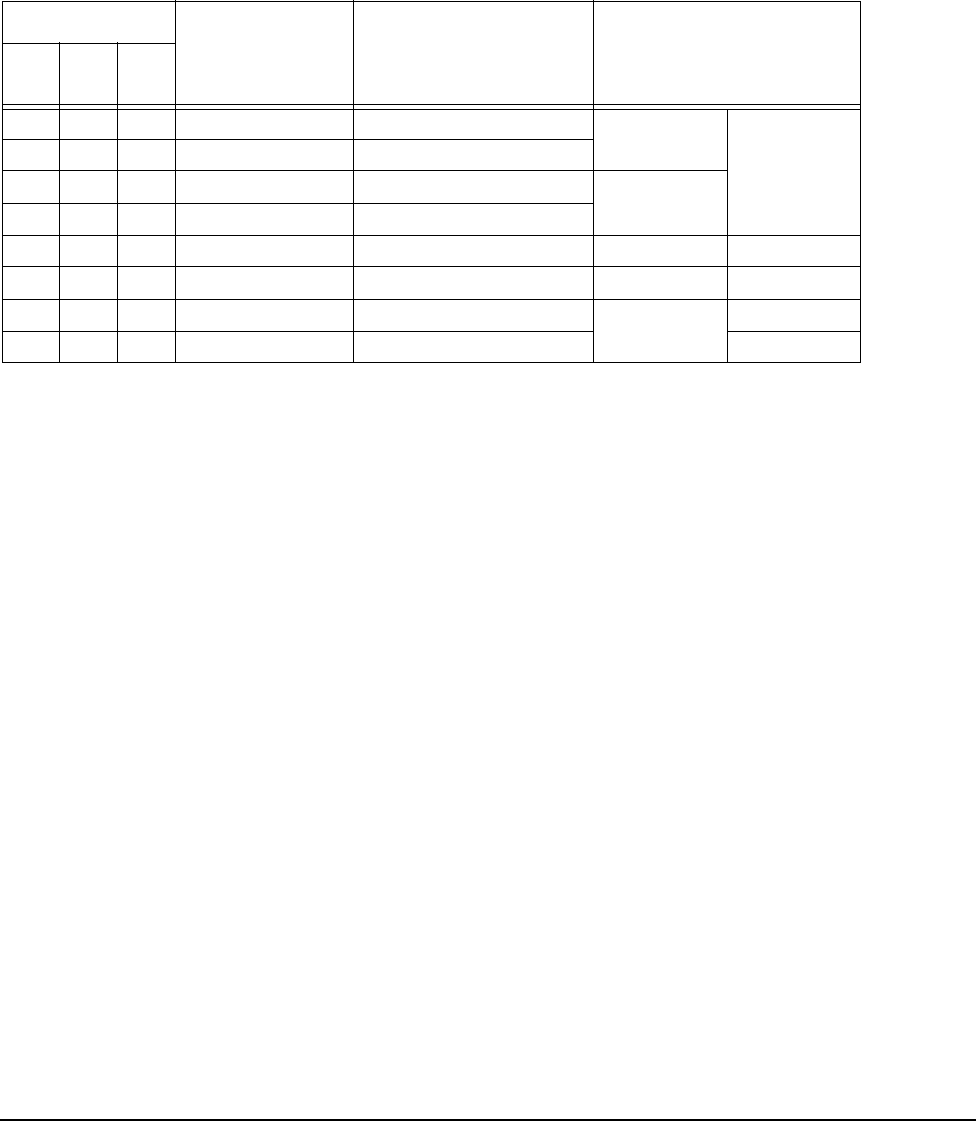
60 Parallel SCSI Interface Product Manual, Rev. A
3.5 Information transfer phases
The COMMAND, DATA, STATUS, and MESSAGE phases are grouped together as information transfer
phases because they are all used to transfer data or control information via the data bus. The actual contents
of the information is beyond the scope of this section.
The C/D, I/O, and MSG signals are used to distinguish between the different information transfer phases (see
Table
21). The target drives these three signals and therefore controls all changes from one phase to another.
The initiator requests a MESSAGE OUT phase by creating an attention condition, The target causes the BUS
FREE phase by releasing MSG, C/D, I/O, and BSY signals.
Table 21: Information transfer phases
Key: 0 = False, 1 = True
The information transfer phases use one or more REQ/ACK handshakes to control the information transfer.
Each REQ/ACK handshake allows the transfer of 8- or 16-bits of information depending on the negotiated
transfer width (see Section
4.3.18). During the information transfer phases the BSY signal shall remain true
and the SEL signal shall remain false. Additionally, during the information transfer phases, the target shall con-
tinuously envelope the REQ/ACK handshakes with the C/D, I/O, and MSG signals in such a manner that these
control signals are valid for one bus settle delay before the assertion of the REQ signal of the first handshake
and remain valid until after the negation of the ACK signal at the end of the handshake of the last transfer of the
phase.
The SCSI target port shall not transition into an information transfer phase unless the REQ/ACK signals are
negated. The target shall not transition from an information transfer phase into another information transfer
phase unless the REQ and ACK signals are negated.
Note. After the negation of the ACK signal of the last transfer of the phase, the target may prepare for a new
phase by asserting or negating the C/D, I/O, and MSG signals. These signals may be changed
together or individually. They may be changed in any order and may be changed more than once. It is
desirable that each line change only once. A new phase does not begin until the REQ signal is
asserted for the first byte of the new phase.
Note. A phase is defined as ending when the C/D, I/O, or MSG signals change after the negation of the ACK
signal. The time between the end of a phase and the assertion of the REQ signal beginning a new
phase is undefined.
There are three methods of transferring data using information transfers:
• Asynchronous transfers
• Synchronous transfers
• Paced transfers
Signal
Phase Direction of transfer CommentC/D
MS
G I/O
0 0 0
ST DATA OUT Initiator to target
ST DATA
Phase
DATA phase
0 0 1
ST DATA IN Initiator from target
0 1 0
DT DATA OUT Initiator to target DT DATA
phase
0 1 1
DT DATA IN Initiator from target
1 0 0
COMMAND Initiator to target
1 0 1
STATUS Initiator from target
1 1 0
MESSAGE OUT Initiator to target
MESSAGE
Phase
1 1 1
MESSAGE IN Initiator from target



